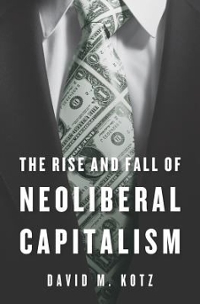Question
Which of the following best describes the exchange rate regime in Australia from 1971-1983? Managed floating exchange rate regime Fixed exchange rate regime under a
Which of the following best describes the exchange rate regime
in Australia from 1971-1983?
Managed floating exchange rate regime
Fixed exchange rate regime under a currency board system
Fixed exchange rate regime, with the AU$ pegged to the US$ and then to a basket of
currencies
Fixed exchange rate regime within the Bretton Woods system
18.If the domestic and the foreign interest rates are 8% and 12% respectively, then according to interest rate parity:
foreign currency is expected to depreciate by 2%
foreign currency is expected to appreciate by 2%
foreign currency is expected to depreciate by 4%
19.Compared to the AS/AD framework in the absence of the exchange rate effect, a contractionary monetary policy in the extended AS/AD framework (where exchange rate may depreciate or appreciate) causes:
smaller decreases in both equilibrium output and inflation.
a smaller decrease in equilibrium output and a further decrease in inflation.
further decreases in both equilibrium output and inflation.
23.
What does a government budget deficit imply?
Government debt has been increasing.
Government debt-to-GDP ratio has been increasing.
24.The allocation function of fiscal policy involves:
Higher tax rate to high income earners.
Increased government spending on infrastructure.
Welfare payments to unemployed workers.
25.Suppose that the actual output or GDP in the economy is below the potential or trend GDP, the government will try to stimulate the economy by conducting athat will result in.
fiscal expansion; higher output and lower inflation
fiscal expansion; higher output and higher inflation
fiscal contraction; higher output and lower inflation
33.Which of the following occurred in the build-up to the GFC?
The ratio of U.S. households mortgage debts to house values increased
significantly.
The U.S. housing market was booming and house prices grew strongly.
Various financial innovations e.g. the issuance of mortgage- or asset-backed
securities.
All of the above
36.Australia's export sector remained strong during the financial crisis because: (There may be more than one correct answer.)
Australia's exports to China grew strongly due to large demand from China.
Australia did not trade with the US and other countries which were heavily affected by
the crisis.
the Australian dollar depreciated which made Australia's exports relatively
cheaper.
Step by Step Solution
There are 3 Steps involved in it
Step: 1

Get Instant Access to Expert-Tailored Solutions
See step-by-step solutions with expert insights and AI powered tools for academic success
Step: 2

Step: 3

Ace Your Homework with AI
Get the answers you need in no time with our AI-driven, step-by-step assistance
Get Started


